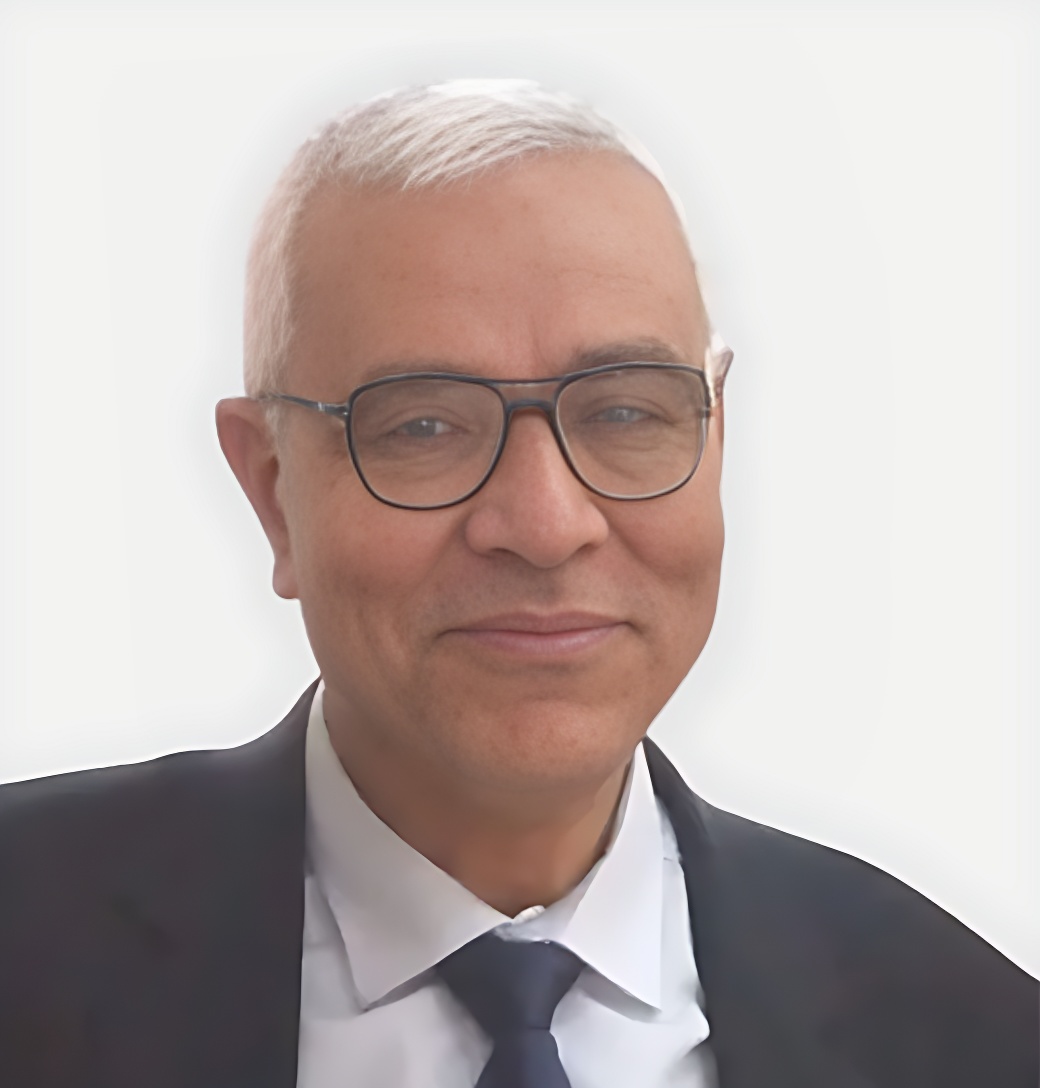Description
Ovarian tissue cryopreservation and autotransplantation can restore ovarian endocrine function and fertility and recently were changed from experimental to fertility preservation procedures for medical indications by the American Society of Reproductive Medicine. Such advances have resulted in discussions around the utility of ovarian cryopreservation in healthy women to preserve fertility and delay menopause or as a hormone replacement approach. Such ‘elective’ use of ovarian tissue cryopreservation requires a risk-benefit assessment. Here, we review evidence for and against the utility of ovarian tissue harvesting in healthy women, scrutinize recent and needed advances to enhance the feasibility of such an approach, and provide practice and future research guidelines as this elective procedure may not be ready for prime time just yet.
Summary Listen
- Professor Anderson from Zalca University presented a webinar on the critical topic of ovarian function and its decline, leading to menopause and potential interventions. The talk highlighted the significance of the menopausal transition, its impact on women's health and well-being, and the associated psychological and physiological changes.
- The presentation detailed the anatomy and structure of the ovary, emphasizing the dynamic changes occurring during the ovarian and uterine cycles. The cyclical maturation and ovulation of follicles, the formation of the corpus luteum, and the hormonal regulation of the endometrium were explained.
- A key focus was the concept of ovarian reserve, its continuous depletion from birth to menopause, and factors influencing this process, including genetics, age, and environmental factors. The presentation also discussed the importance of testing ovarian reserve using antimullerian hormone (AMH) levels and its implications for fertility counseling and preservation strategies.
- The impact of unilateral oophorectomy on ovarian function and the potential acceleration of menopause were explored. The presentation then introduced cryopreservation technology as a means of preserving fertility and ovarian function in women facing threats like cancer treatment.
- Ovarian autografting techniques were explained, including the process of harvesting, freezing, and transplanting ovarian tissue to restore hormone production and potentially extend a woman's reproductive lifespan. The natural resilience of ovarian tissue and its potential for revascularization were highlighted.
- The talk concluded with a discussion of the continuous consumption of ovarian follicles, the successful application of cryopreservation in preserving ovarian function, and the potential of autograft transplantation to delay menopause and improve quality of life. Professor Anderson proposed an international research project focused on this area, seeking volunteers and cryopreservation laboratories.
Sample Certificate
About the Speakers


Comments
Comments
You must be logged in to leave a comment.